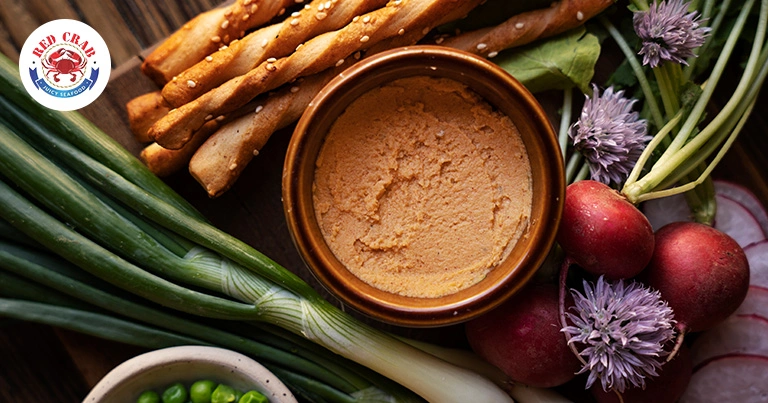
Cajun Roux Recipe
If you love the bold and hearty flavors of Cajun cuisine, mastering the art of making a Cajun roux is essential. This simple mixture of flour and fat serves as the foundation for many classic dishes like gumbo, étouffée, and…
Cajun Seafood Boil is more than just a meal; it’s a vibrant, communal experience that brings friends and family together around a table filled with the bounty of the sea. Originating from Louisiana, this dish combines fresh seafood with bold spices, creating a flavorful feast that excites the palate. Imagine a table covered in newspaper, where you can dig into succulent shrimp, crab, and crawfish, all cooked to perfection in a spiced broth. The blend of aromatic seasonings like garlic, lemon, and cayenne pepper enhances the seafood, delivering a taste explosion that is quintessentially Cajun. Whether you’re celebrating a special occasion or enjoying a casual gathering, a seafood boil is the perfect choice for a fun and interactive dining experience. This category will guide you through the essential elements of creating your own Cajun Seafood Boil, from selecting the freshest ingredients to mastering the cooking techniques that make this dish a standout.
In this section, we’ll explore an array of authentic Cajun recipes that will elevate your seafood boil experience to new heights. Cajun cuisine is known for its bold flavors and hearty ingredients, making it the perfect complement to your seafood feast. From zesty dipping sauces to flavorful sides, each recipe is designed to enhance the vibrant atmosphere of your gathering. For those looking to spice things up, we’ll also share recipes for traditional Cajun dishes like jambalaya and gumbo, which can be served alongside your seafood boil for a truly immersive culinary experience. Join us as we dive into the flavors of Cajun cooking and bring a taste of the Bayou to your table!

If you love the bold and hearty flavors of Cajun cuisine, mastering the art of making a Cajun roux is essential. This simple mixture of flour and fat serves as the foundation for many classic dishes like gumbo, étouffée, and…
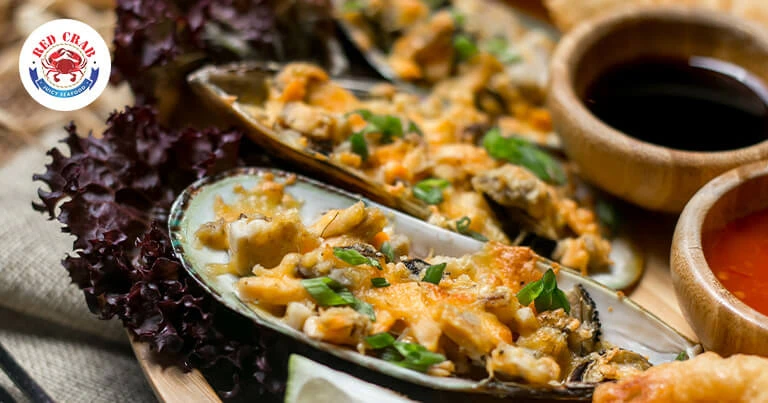
Cajun cuisine is famous for its bold flavors, rich history, and mouthwatering seafood dishes. If you’re looking for the perfect way to start a meal, Cajun seafood appetizers are the way to go. These tasty bites are full of spices,…
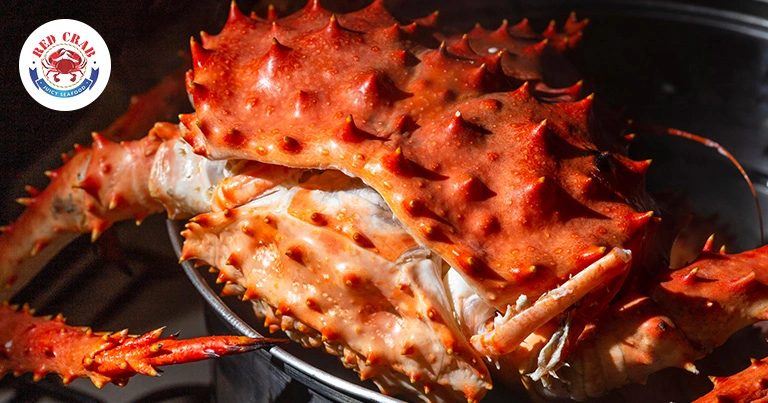
Nothing brings family and friends together like a classic Cajun crab boil. The mix of juicy crab, spicy seasonings, and hearty sides makes this dish a true Southern favorite. If you love bold flavors and a fun, hands-on dining experience,…
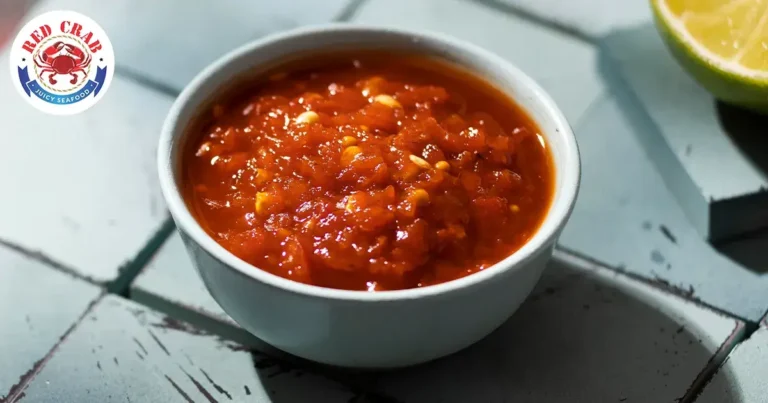
If you love seafood and want to take your dishes to the next level, you must try this Cajun butter sauce. This rich and flavorful sauce is packed with bold Cajun spices, buttery goodness, and a hint of garlic that…
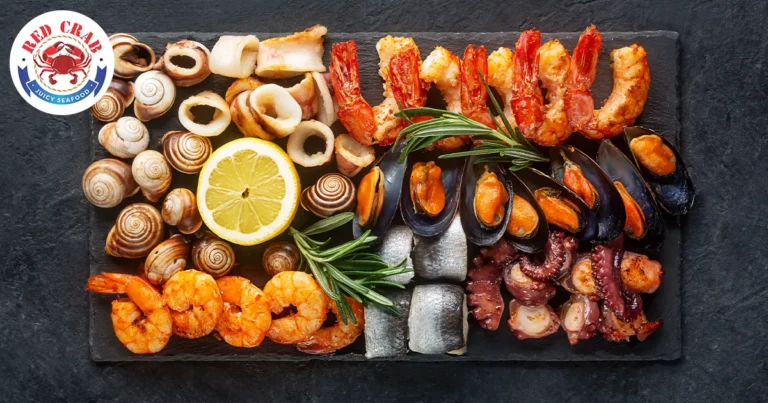
Cajun food is a unique fusion of Louisianan fresh ingredients, spices, and flavors. People from all around the world adore Cajun seafood dishes. Cajun seafood is famous for its combination of spices and strong ingredients. These ingredients contribute to its…
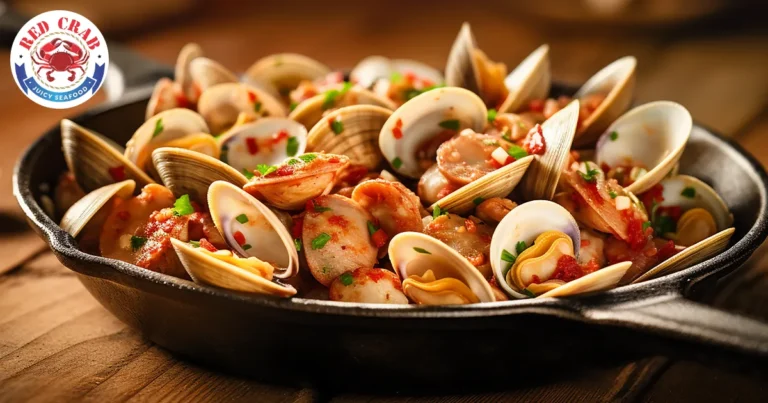
Greetings and welcome to the seventh recipe in our very popular and in-demand Cajun series! We’re exploring the delectable and festive world of clam bake today. It’s a wonderful recipe on the seafood menu. This classic seafood feast is ideal for outdoor summer parties.…
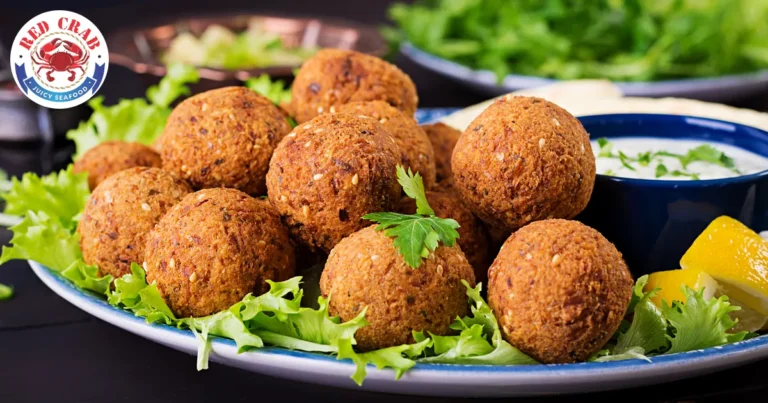
Welcome back, seafood lovers! This is the sixth recipe in our very popular and much-demanded Cajun series. Today, we’re diving into the delicious world of Boudin Balls. If you’ve been following our series, you know we’re all about bringing the flavors…

Welcome back to our highly popular Cajun series, where we dive into the rich and flavorful world of Cajun cuisine. This is the fifth recipe in our much-demanded series, and today we’re talking about a much loved dish from the seafood…
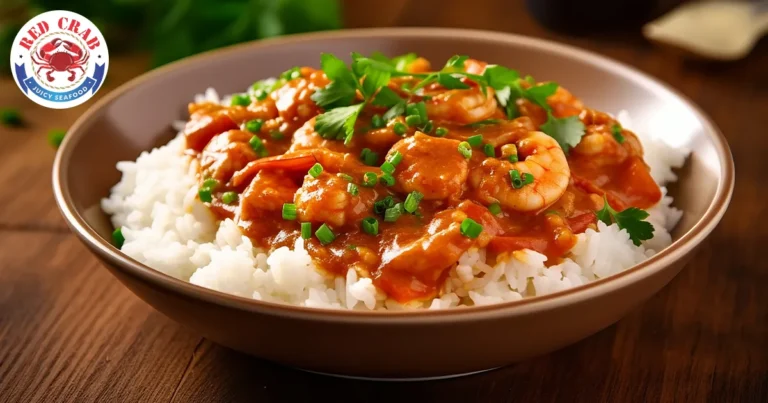
Welcome back to our Cajun series! This is the fourth recipe in our series, and today, we’re diving into the rich and flavorful world of étouffée. Cajun cuisine is known for its bold flavors, hearty ingredients, and the unique blend of cultural…
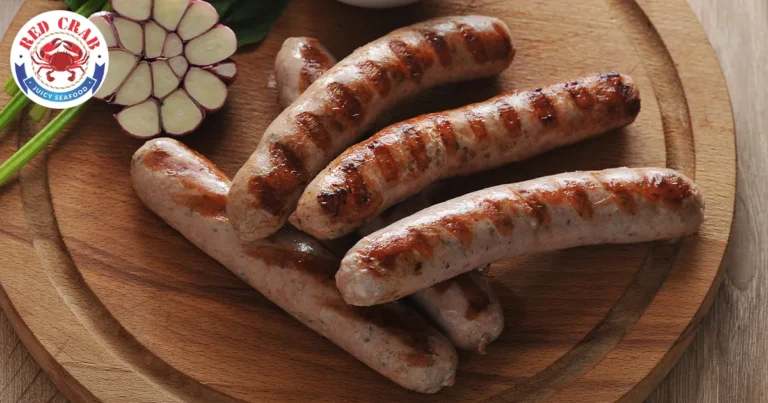
Welcome to the third recipe of our Cajun series! If you’ve been following along, you know we’ve been diving into the rich, flavorful world of Cajun cuisine. Today, we’re exploring a staple in many classic dishes: Andouille sausage. Renowned for…